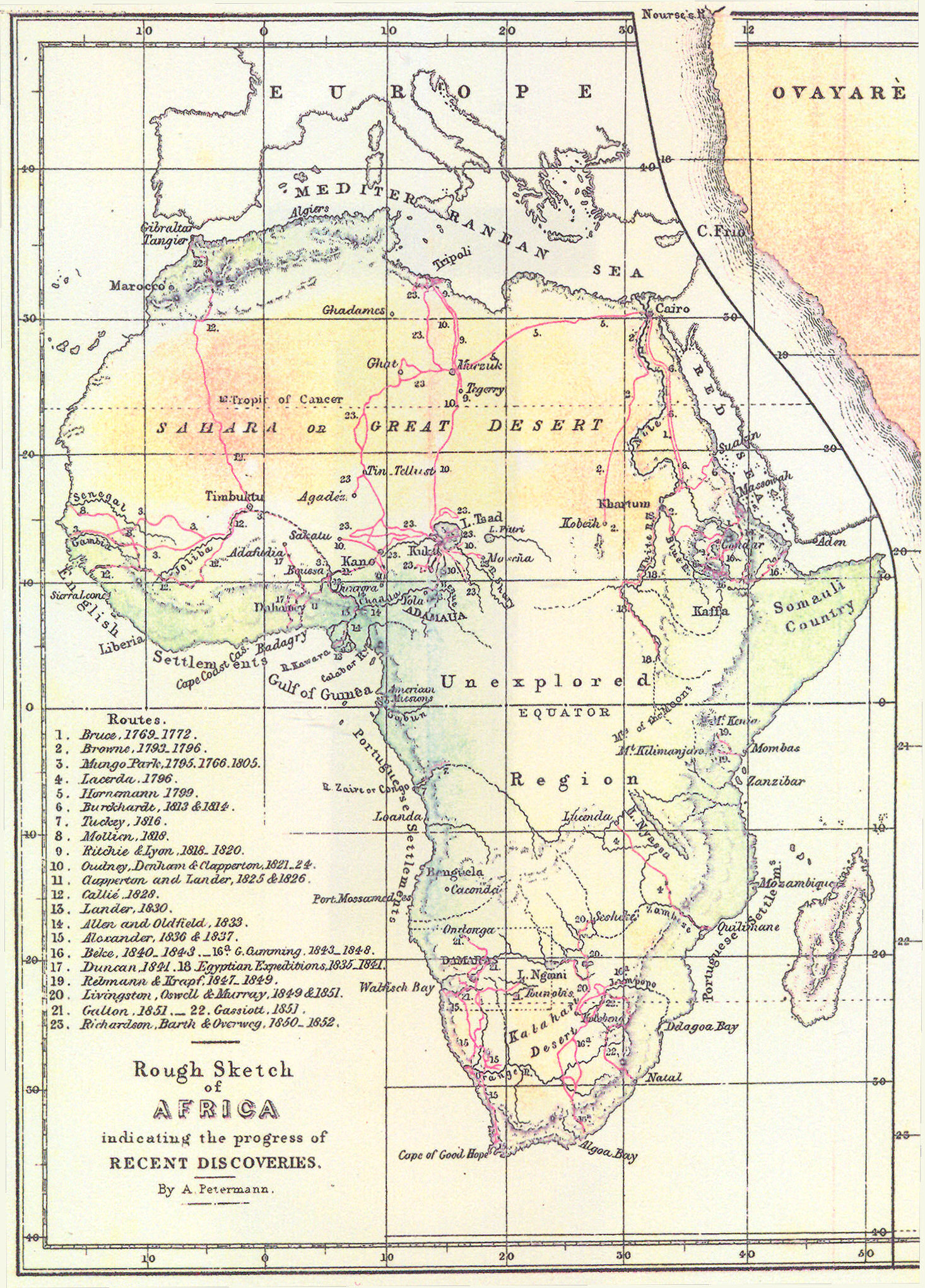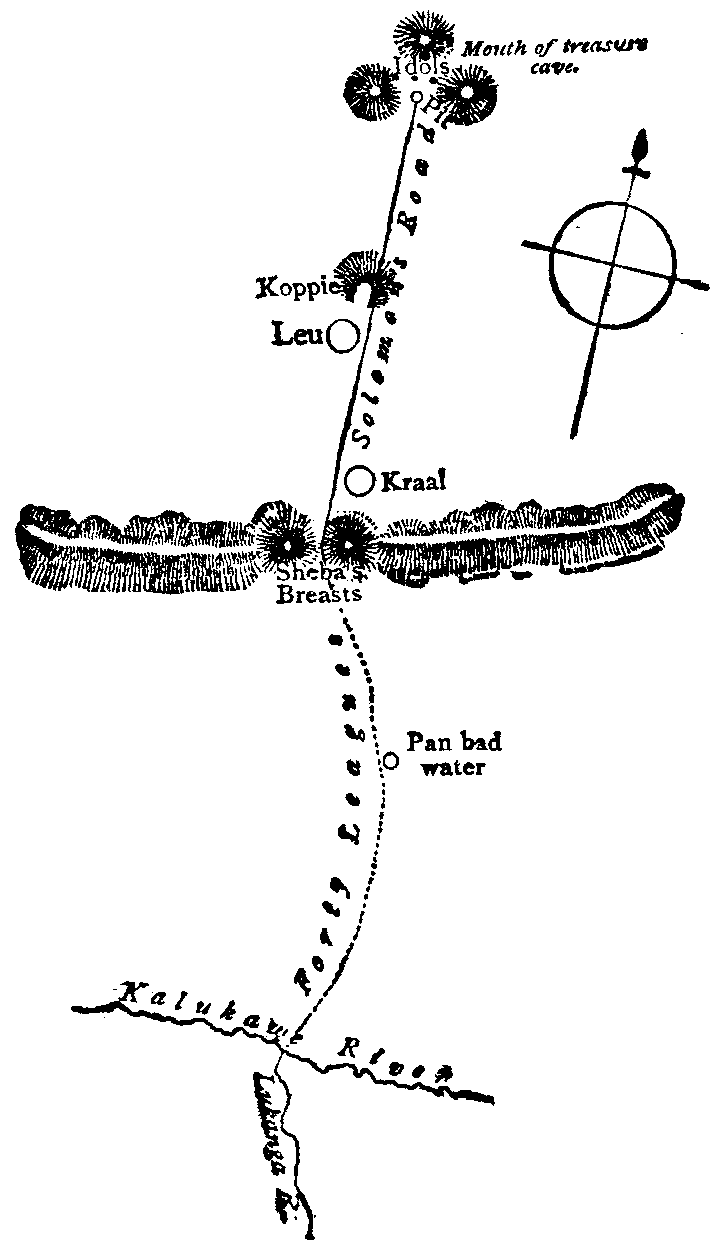Britain's current law system is a very different image to that of the Victorian era. The severity of punishment for different offences varies, but the very worst a criminal can be sentenced is life imprisonment. Despite our country having arguably one of the fairest current legal systems, this has not always been the case. The Victorians were notorious for the cruelty of their punishments, and an extraordinarily high crime rate. Statistically, offences rose from approximately 5,000 annually in 1800 to around 20,000 by 1840. This was a cause for concern, as one the main contributors to this surge in crime was the poverty and deprivation endured by the working class. The London Metropolitan Police Force was founded in 1829 to help enforce the law and catch offenders, but could not control the insatiable levels of crime.
If you ask somebody about Victorian crime, murder and
prostitution are normally the answers that first spring to mind. It is true
that prostitution was a huge problem for the Victorians. Although the exact
statistics are difficult to pin point, William Acton revealed in his book
'Prostitution', the police estimates of approximately 8,600 active prostitutes
in London during 1857 (Acton 16). These were mostly working class women, who
were driven into selling their bodies because they had few alternative options
for employment in a patriarchal society. It was a risky lifestyle in many
senses, with sexual transmitted diseases and the general danger of walking the
streets alone. The infamous brutal murder of five prostitutes that became known
as the Jack the Ripper case, dragged prostitution
under the public spotlight. All
the victims lived and worked in the deeply impoverished Whitechapel area, and
Charles Booth's famous poverty map marks many of the streets where the crimes
occurred in black, meaning "Vicious, semi criminal". The harsh
reality of these conditions shocked the public into action, and in the two
decades following the murders many of the buildings that made up these London
slums were demolished. However, prostitutes were not the only victims of serial
killers. Other prominent cases such as Amelia Dyer (responsible for the murder
of hundreds of infants) contributed to a media frenzy.
 |
| An example of the media sensationalism surrounding Jack the Ripper |
 |
| 'Illustrated Chips' July 17th, 1897 |
Britain's drinking culture is nothing new, and during the
19th century, drunkenness was a common sight on the streets. Alcohol was easy
to obtain, but intoxication was frowned upon in Victorian society because of its
association with the working classes. The constant struggle to find employment
would have driven many to drink as a means of escapism from the hardships of
lower class life. In an attempt to lessen the country's drinking problem, The
Temperance Movement (urging for moderation or abstinence from alcohol) was
formed from the late 1830s. Charities such as Band of Hope (now Hope UK) were
founded to warn young people about the dangers of excessive alcohol use, and
the destructive behaviour that follows. This movement appeared to be successful,
as by 1870, alcohol consumption rates had dropped.
 |
| Ray Winstone as Abel Magwitch in the BBC 2011 adaption |
Victorians strongly believed that criminals should be
punished for their wrongdoings. Punishment would depend on the seriousness of
the offence committed, though it was essentially impossible to get off 'scot-free'
in any instance. Capital punishment was commonly used for the most serious
offences, but had been steadily declining since the start of the 19th century. Before
the 1800s, capital punishment was common practice for an array of crimes, from
petty to serious. Although the peak year of 1801 saw 219 people executed, this
merciless method of punishment became more unpopular in the light of reform. In the first half of the 19th century,
a series of Acts of Parliament reduced the number of crimes punishable by
death. By 1861, there were only five offences that qualified for capital
punishment - murder, treason, espionage, piracy and arson in royal dockyards. Public
executions, once a public spectacle, were eventually abolished with the Capital
Punishment Amendment Act of 1868. Michael Barrett, sentenced to hanging in May
1868 for his role in the Clerkenwell
bombing, was the last person to be publicly executed in England. Barrett
appeared to show no remorse over his actions, as moments before his death he
proclaimed -
"If it is murderous to love Ireland dearer than I love
my life, then it is true, I am a murderer ... If I could, by any means, redress
the wrongs of that persecuted land by the sacrifice of my life, I would
willingly and gladly do so."
After this, all executions took place within prison walls. Hanging
was the typical form of execution, as it gave a quick and easy death.
Transportation concerned the sending of criminals to a penal
colony (normally Australia) to serve their sentence, and was used as an
alternative when capital punishment seemed too extreme. Initially any offender
with a sentence of seven years or longer could be transported, and was a
favourable form of discipline because it
had far cheaper costs than keeping a criminal in prison. Although the majority criminals
were allowed to return after serving
their sentence, most continued to live in their new country, as organising and
affording a voyage home would have been incredibly difficult. Many felt it was
being used merely as a deterrent by physically removing unfavourable characters
from society, rather than attempting to reform them. This lead to an opposition
towards penal transportation, and following a decrease in use, it was abolished
with the Penal Servitude Act of 1857.
 |
| John Greening's record |
As the popularity of hanging and transportation decreased,
the numbers of offenders sent to prison rose. The government invested millions
into the prison system, with 90 built or added to between 1842 and 1877. There
was a general belief that prisons should deter criminals from re-offending, and
in consequence, the conditions were grim. A system of 'hard labour' forced
prisoners to endure monotonous, difficult work from walking a treadmill to
picking apart old pieces of rope and rags. This could last from one week, to
several months or years for more serious convictions. Even young offenders
could be sentenced to this arduous regime, for example, eleven year old John
Greening was convicted of "Stealing a quarter of gooseberries" and
received one month's hard labour, with five years of reformation. This seems
like an unnecessarily harsh punishment for a child, and despite even more urges
for reform in the later 19th century, conditions for both adults and children
remained bleak.
The Victorian punishment system was not sympathetic with
criminals, regardless of their background or motives to break the law. The
sheer poverty brought on by the industrial revolution meant however, that the
many of these minor offenders had no other choice if they wanted to sustain
their livelihood and families.
Works Cited
Acton, William. Prostitution. London: J Churchill. 1867. Print.
Booth, Charles. Poverty
Map. 20th November 2014
<http://booth.lse.ac.uk/cgi-bin/do.pl?sub=view_booth_and_barth&args=531000,180400,6,large,>
Capital Punishment Amendment Act of 1868. 25th November
2014. <http://www.legislation.gov.uk/ukpga/Vict/31-32/24/contents>
Dickens, Charles. Great
Expectations. London: Penguin. 1911. Print
“…Four Killed and Forty Wounded was the Tally, and Indignation Raged….” Or: The Clerkenwell Prison Explosion of 1867: <http://content.time.com/time/specials/packages/article/0,28804,1916164_1916186_1916177,00.html michael barrett>
National Archives. Victorian children in trouble with the law. 23rd November 2014. < http://www.nationalarchives.gov.uk/education/resources/victorian-children-in-trouble/>
Penal Servitude Act of 1857. 25th November 2014. <http://www.legislation.gov.uk/ukpga/Vict/20-21/3/contents>
http://thevictorianist.blogspot.co.uk/2011/08/four-killed-and-forty-wounded-was-tally.html
Images Used
http://www.bbc.co.uk/staticarchive/8bb73af7856f33f55c702b35d6a0aea15ae31670.jpg
(Jack the Ripper)
http://www.guywoolnough.com/wp-content/uploads/2013/02/Pon-me-word-pickpockets.jpg
http://i.telegraph.co.uk/multimedia/archive/02085/ray1_2085937b.jpg
Magwitch
http://www.nationalarchives.gov.uk/wp-content/uploads/2014/03/victorian-children-in-trouble-with-the-law-source-2.jpg
john greening document




.png)









